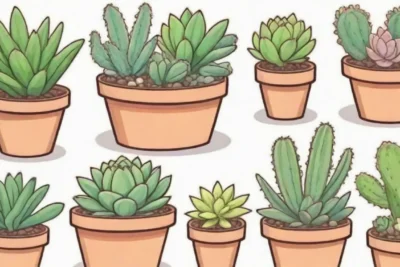
Analyzing Your Succulent's Growth Cycle for Propagation Timing
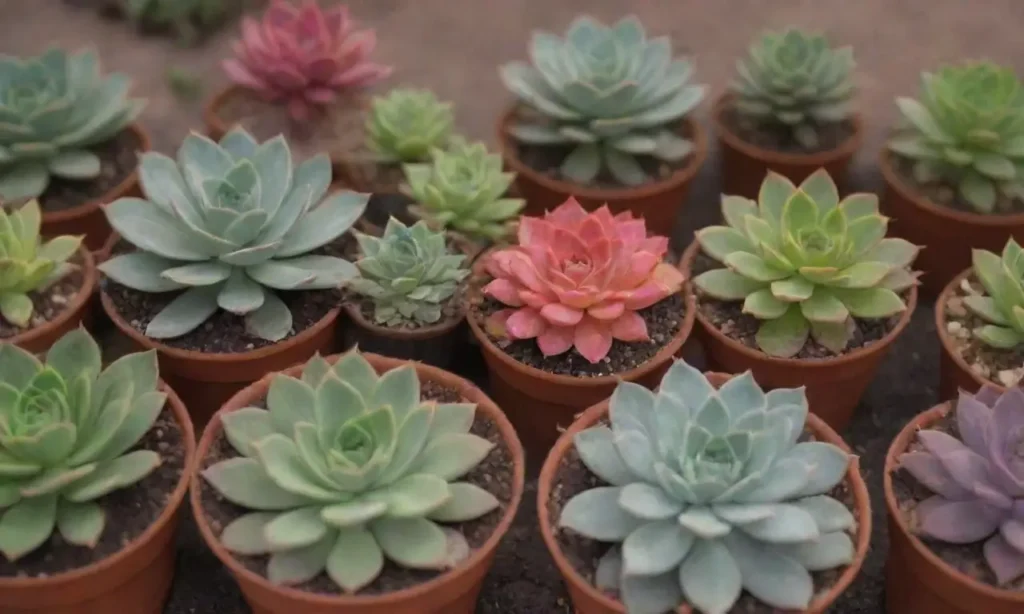
Introduction
Succulents have increasingly gained popularity among plant enthusiasts and gardeners for their unique aesthetics, low maintenance requirements, and ability to thrive in various conditions. Their diverse shapes, colors, and sizes make them perfect for indoor and outdoor decor, while their water-storing capabilities allow them to survive prolonged periods of drought. However, to truly master the art of succulent care and achieve successful propagation, it is crucial to understand their growth cycles. This article delves into the intricate growth patterns of succulents, offering insights into how timing your propagation efforts based on these cycles can lead to healthier plants and increased success rates.
In this article, we will explore the key elements of a succulent's growth cycle, including the different phases of growth, environmental factors affecting their development, and practical tips for determining the optimal timing for propagation. By understanding the nuances of these growth cycles, you can enhance your succulent collection and enjoy the satisfaction that comes with successful propagation.
Understanding the Growth Cycle of Succulents
Succulents, like all plants, go through several distinct stages of development. Generally, their growth cycle comprises germination, juvenile growth, maturation, and dormancy. Each of these phases has unique characteristics and requirements that can affect how and when you should propagate your succulents.
Germination
The first stage in a succulent's life is the germination phase. This phase begins when succulent seeds are sown, which typically occurs during the warmer months, such as spring and early summer. At this stage, seeds require specific environmental conditions to sprout, including adequate moisture, light, and temperature. Most succulent seeds thrive at temperatures ranging from 70 to 85 degrees Fahrenheit (21 to 29 degrees Celsius) and should be kept in a relatively moist but well-drained medium.
During germination, you may not notice immediate growth signs, as the seeds slowly absorb moisture, swell, and eventually crack open. Once the seedling emerges, it may take several weeks or even months for it to develop a substantial root system and leaves. It's crucial to monitor the environment and avoid overwatering, as this can lead to rot. Understanding this stage is vital because successful propagation often begins with quality seedlings, emphasizing the importance of timing in this phase.
Juvenile Growth
After germination comes the juvenile phase, where the newly sprouted succulent begins to develop its first true leaves and establish a robust root system. During this period, the succulent experiences rapid growth. Depending on the species, this phase can last for several months to a few years. Juvenile plants typically require more frequent watering and appropriate light conditions to encourage healthy growth. It is during this phase that many succulent enthusiasts choose to take cuttings or propagate from offsets, which are small plants that form around the base of a mature succulent.
Understanding the juvenile phase is crucial for propagation. When the plant is actively growing, it is the opportune moment to take cuttings, as they will root more successfully. A healthy juvenile succulent is often robust and full of vigor, leading to better propagation results. It's important to wait until the juvenile plant has developed a few sets of leaves and a strong root system before attempting any propagation. This knowledge equips gardeners to select the best candidates for propagation, ensuring that their efforts yield healthy offsets or cuttings.
 Evaluating Soil Conditions for Proper Succulent Propagation Timing
Evaluating Soil Conditions for Proper Succulent Propagation TimingMaturation
The maturation phase follows the juvenile growth stage and involves the succulent reaching its full size and potential. During maturation, succulents may produce flowers, and depending on the species, they might become less active in terms of growth. This phase can span several years, and not all succulents will produce offsets or allow for propagation while in this stage. However, if your succulent is thriving, it can be a good indicator that propagation might be on the horizon.
Mature succulent plants can show signs of blooming, which is an exciting event for any gardener. While not directly related to propagation, a flowering succulent signals that the plant is healthy and in an optimal growth cycle. Propagation during the mature phase can still succeed, especially when using mature leaves or stem cuttings, but it's essential to ensure that the plant is well-fed and hydrated to increase the success rate. Well-maintained mature succulents can produce multiple propagation opportunities through various techniques, providing ample chances to expand your collection.
Dormancy
The final phase in a succulent's growth cycle is dormancy, which often occurs in the colder months of late fall and winter. During this time, succulents will enter a period of rest and reduced metabolic activity. Many species will experience a significant slowdown in growth or may cease growth altogether during this time. Understanding the dormancy period is critical for propagators, as attempts to take cuttings during this phase can result in poor outcomes.
It is advisable to avoid propagation during dormancy because the plant's energy is directed toward survival rather than growth. Instead, use this time to think about your propagation plan. Monitor how your existing plants are faring, assess your materials, and prepare your propagation setup. This preparation can significantly enhance your success rates when the growth cycle resumes in spring.
Factors Affecting Succulent Growth Cycles
Understanding your succulent's growth cycle is not sufficient; environmental factors play a significant role in influencing these cycles. Light, temperature, water, and soil all have critical impacts on your plants, and recognizing these can improve your propagation timing.
Light Conditions
Light is one of the most vital factors for the growth of succulents. Different species require different light levels, typically ranging from full sun to partial shade. During the spring and summer months, succulents need direct sunlight for at least six hours a day to promote healthy growth. A deficiency in light can lead to etiolation, where the plant stretches and grows spindly, ultimately affecting your propagation efforts.
When considering propagation timing, assess your indoor or outdoor lighting conditions. If necessary, you may need to use grow lights to supplement natural sunlight. Proper lighting can significantly enhance the growth rate and health of your succulents, particularly during the juvenile and maturation stages. Remember, a well-lit environment helps plants build strength and resilience, leading to better propagation success.
 Fall Propagation Strategies: Timing for Cooler Months
Fall Propagation Strategies: Timing for Cooler MonthsTemperature
Succulents are often sensitive to temperature fluctuations. Most succulents thrive in warm temperatures and can tolerate heat more than cold. Typically, succulents prefer temperatures between 70 to 100 degrees Fahrenheit (21 to 38 degrees Celsius) during their active growing season. However, they often require cooler temperatures of around 50 to 60 degrees Fahrenheit (10 to 15 degrees Celsius) during dormancy.
Monitoring the ambient temperature is crucial when deciding the right time for propagation. If the temperature is not conducive to growth, your propagation efforts may be futile, as plants may not root or establish properly. During summer and early autumn, when temperatures are typically higher, it is an ideal time to propagate succulents, as they can quickly recover and establish roots before entering dormancy.
Watering and Soil Requirements
Proper watering technique is essential for the health of your succulents and plays a significant role in their growth cycles. During the active growing season, succulents should be watered more frequently, allowing the soil to dry out completely between watering sessions. Conversely, during dormancy, water should be minimized to prevent root rot and other moisture-related issues.
The type of soil used for potting succulents is equally important. A well-draining soil mixture — often composed of potting soil, sand, and perlite or pumice — enables excess water to escape, reducing the risk of rot. When preparing for propagation, ensure you have the appropriate soil mix ready, tailored to provide good drainage while retaining some moisture for your cuttings or offsets.
Conclusion

In summary, understanding the intricate details of your succulent's growth cycle is key to mastering propagation timing. By recognizing the distinct phases from germination to dormancy, you can make informed decisions about when to take cuttings or propagate offsets for optimal results. Environmental factors like light, temperature, watering needs, and soil requirements significantly impact these growth phases and will influence successful propagation.
As you embark on your propagation journey, cultivate a deep respect for the nature of your succulents and give them the care they need to thrive. Regularly evaluate their condition and consider their growth cycles as dynamic processes influenced by external factors. By keeping abreast of these elements, you will not only enjoy successful propagation but also cultivate a thriving succulent collection that continues to delight you for years to come.
 The Impact of Fertilization Timing on Succulent Propagation
The Impact of Fertilization Timing on Succulent PropagationRemember, propagation is an art as much as it is a science. With practice, patience, and attention to your succulents' unique growth needs, you will become more adept at determining the right time for propagation and ultimately enjoy the fruits of your labor — lush, vibrant succulents that enrich your home and garden. Happy gardening and propagating!
If you want to read more articles similar to Analyzing Your Succulent's Growth Cycle for Propagation Timing, you can visit the Propagation Timing category.

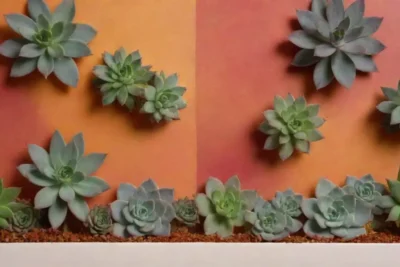
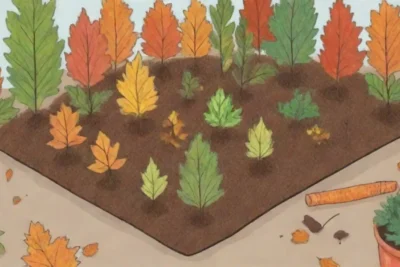
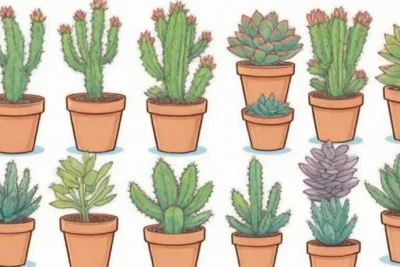
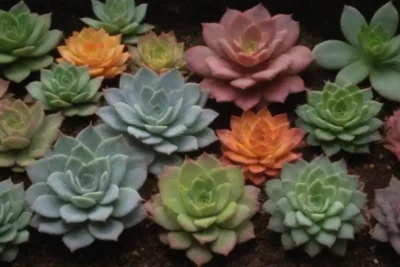

You Must Read